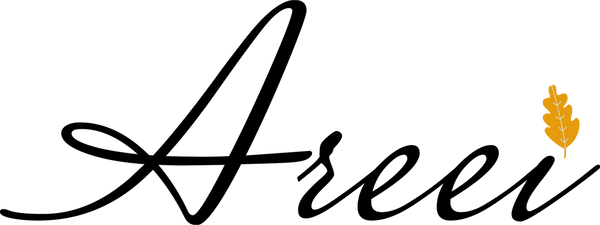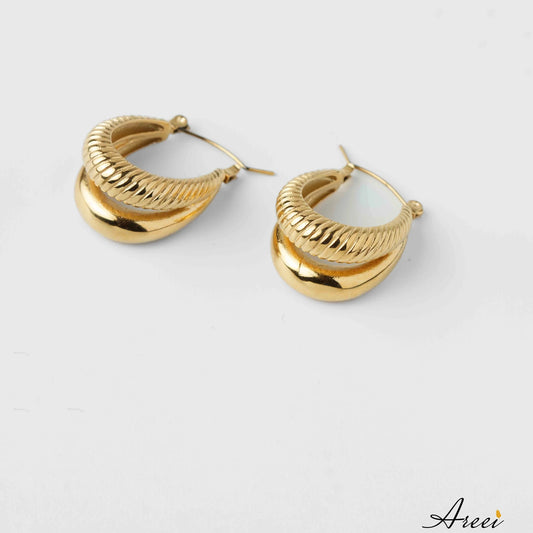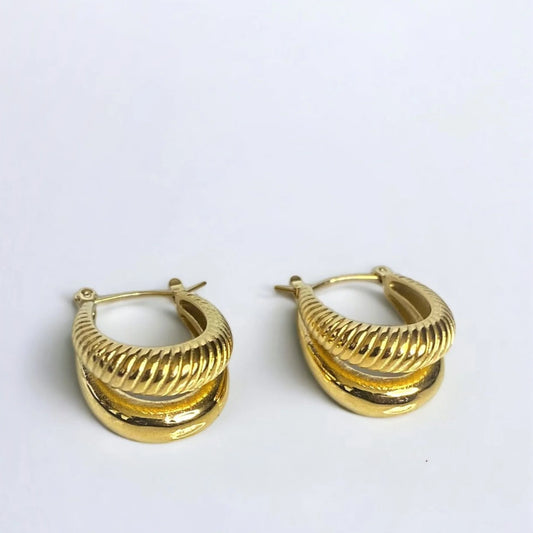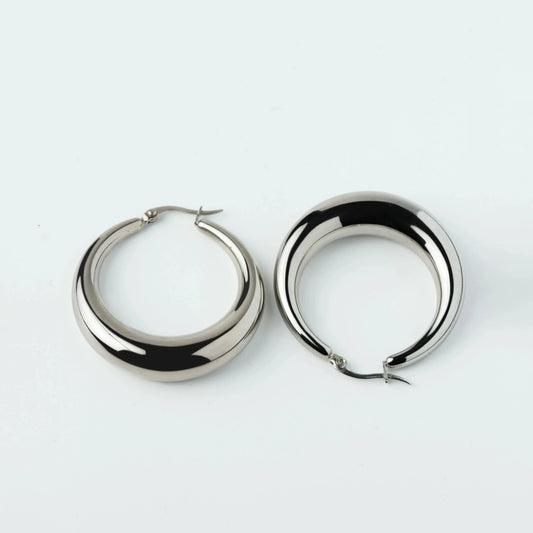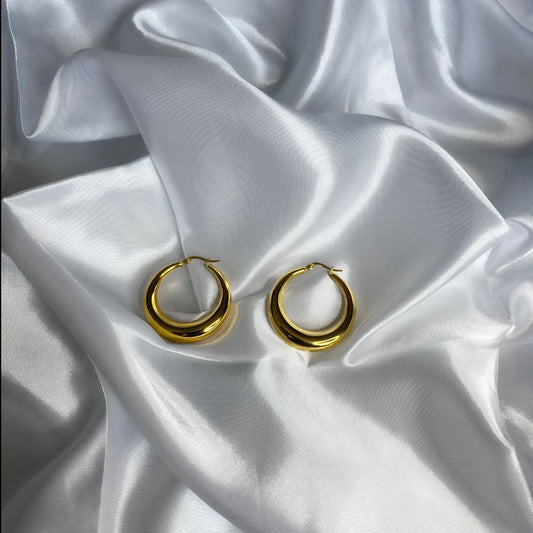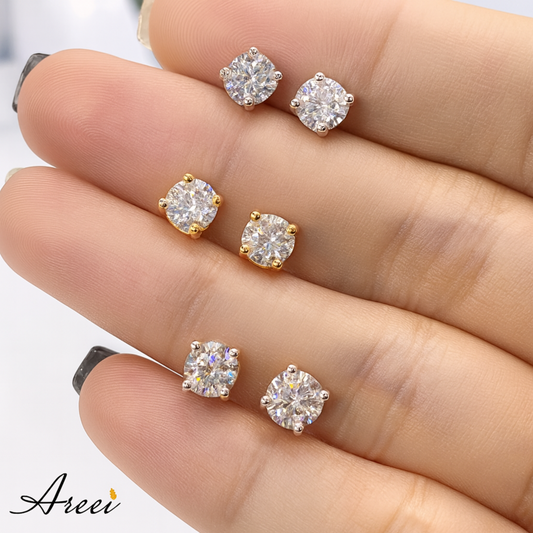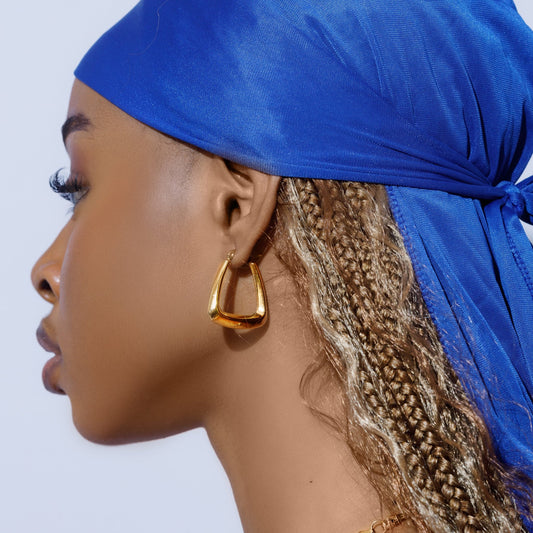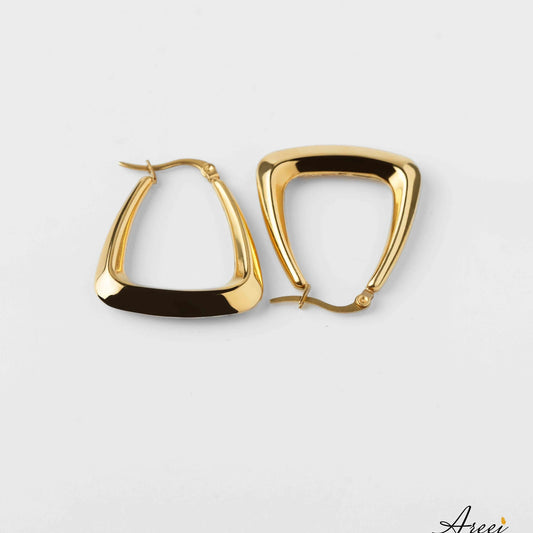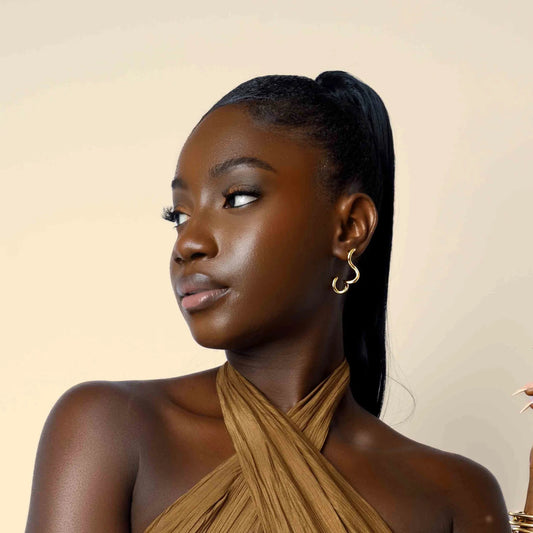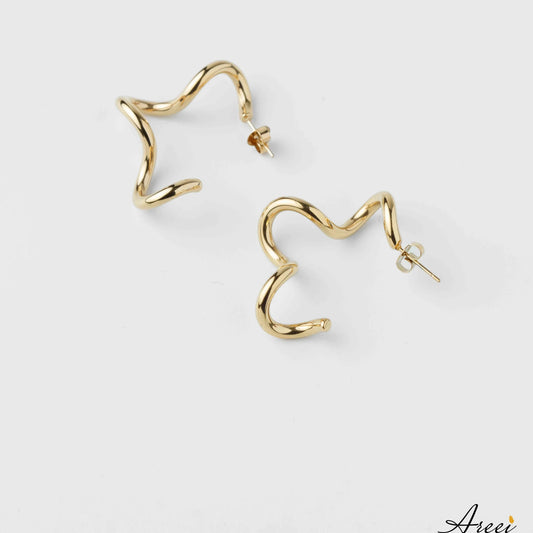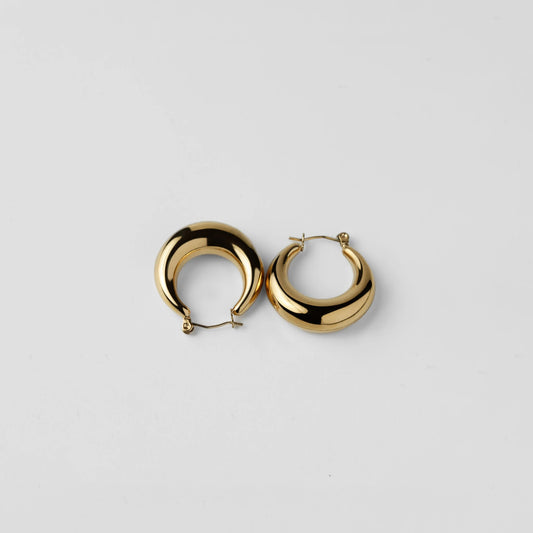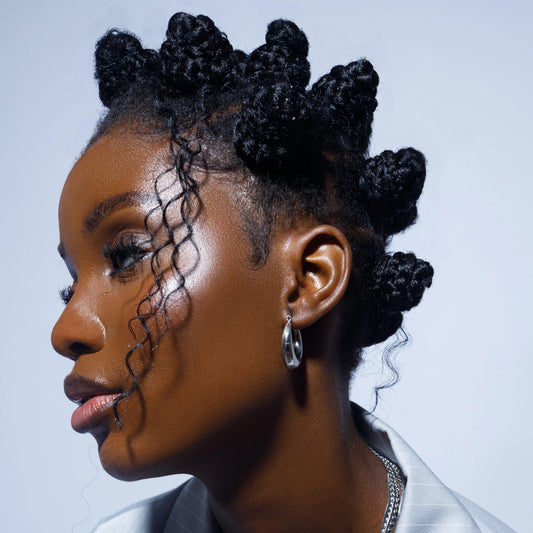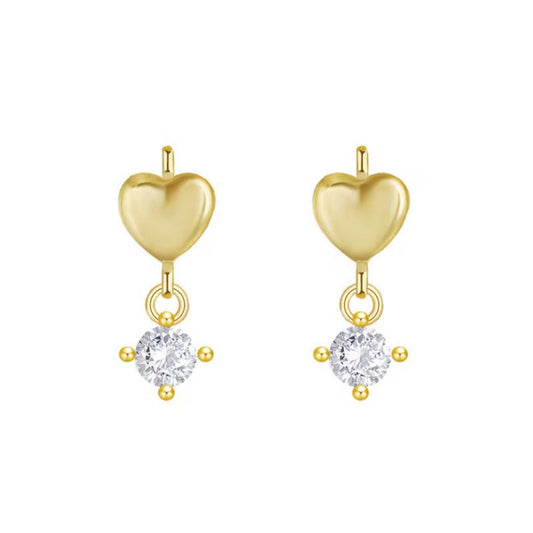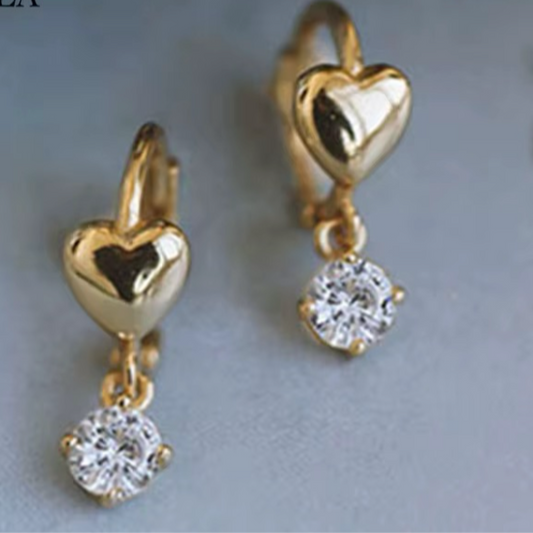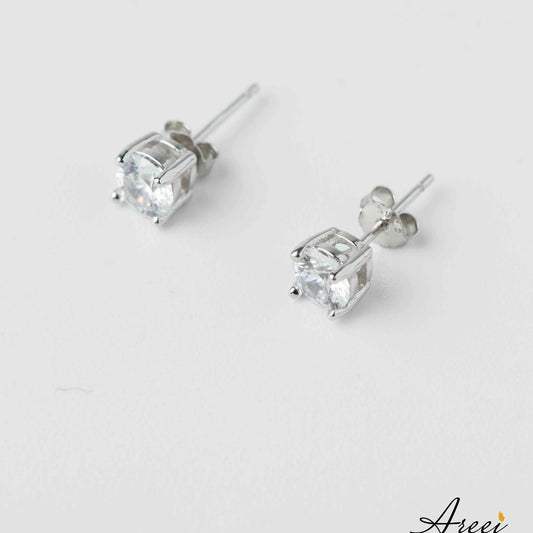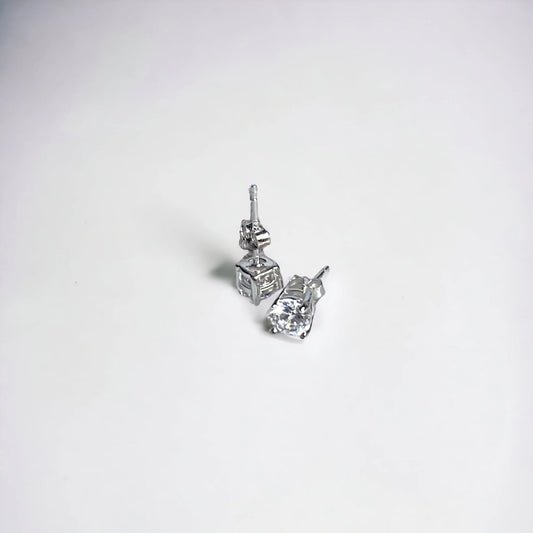Understanding the healing timeline for your baby's ear piercings is essential for proper care and peace of mind. This comprehensive guide covers everything parents need to know about baby ear piercing healing times, stages, and what to expect during the process.
Baby Ear Piercing Healing Timeline
Initial Healing: 6-8 Weeks
The initial healing phase for baby ear piercings typically takes 6-8 weeks. During this time, the piercing channel forms and the immediate trauma heals. However, this is just the beginning of the healing process.
Complete Healing: 3-6 Months
Full healing of baby ear piercings takes 3-6 months on average. The healing time depends on several factors including:
- Choice of metal (as discussed in our metal selection guide)
- Baby's individual healing rate
- Aftercare quality
- Location of piercing on the ear
Healing Stages Week by Week
Week 1-2: Initial Response
- What to expect: Redness, mild swelling, and tenderness
- Normal signs: Clear or slightly yellow discharge
- Care focus: Gentle cleaning twice daily
Week 3-4: Active Healing
- What to expect: Reduced swelling, scab formation
- Normal signs: Decreased sensitivity
- Care focus: Continue cleaning routine, avoid touching
Week 5-8: Primary Healing
- What to expect: Significant improvement in appearance
- Normal signs: Minimal discharge, reduced redness
- Care focus: Maintain cleaning schedule
Month 2-6: Complete Healing
- What to expect: Piercing looks fully healed externally
- Important: Internal healing continues
- Care focus: Keep original studs in place
Factors Affecting Healing Time
Metal Choice Makes a Difference
As outlined in our previous guide on best metals for baby ear piercing studs, your metal choice significantly impacts healing:
- Titanium: Fastest healing (3-4 months)
- Surgical steel: Standard healing (4-5 months)
- 14ct Gold: Moderate healing (4-6 months)
- Poor quality metals: Delayed healing or complications
Baby's Age and Development
- Younger babies (under 6 months): May heal slightly faster due to rapid cell regeneration
- Older babies (6+ months): More active, potentially slower healing due to movement
Individual Factors
- Overall health and immune system
- Skin sensitivity
- Sleep patterns and movement
- Environmental factors
Signs of Normal Healing
Week 1-2
- Mild redness around piercing site
- Clear to light yellow discharge
- Slight tenderness when touched
- Minor swelling
Week 3-8
- Gradual reduction in symptoms
- Formation of protective skin around jewellery
- Decreased sensitivity
- Minimal clear discharge
Month 2-6
- No pain or tenderness
- No discharge
- Skin appears normal around piercing
- Earring moves freely (don't force movement)
Warning Signs: When to Seek Help
Contact your GP or paediatrician immediately if you notice:
Infection Signs
- Persistent thick, green, or foul-smelling discharge
- Increasing redness spreading beyond piercing site
- Fever or general unwellness
- Hot, swollen tissue around piercing
Allergic Reaction Signs
- Persistent itching or rash
- Excessive swelling that doesn't improve
- Skin discolouration
- Blistering around piercing site
Healing Complications
- No improvement after 2 weeks
- Piercing appears to be closing
- Excessive bleeding
- Signs of embedded backing
Essential Aftercare for Optimal Healing
Daily Cleaning Routine
- Wash your hands thoroughly before touching
- Use saline solution (store-bought or homemade)
- Gently clean around piercing front and back
- Pat dry with clean tissue or let air dry
- Avoid rotating earrings unnecessarily
What to Avoid During Healing
- Swimming pools or baths (shower instead)
- Hair products near piercing site
- Sleeping on pierced ear
- Changing earrings before complete healing
- Unnecessary touching or twisting
Creating the Right Environment
- Keep bedding clean and changed regularly
- Use fragrance-free detergents
- Protect from pet hair and dust
- Ensure good ventilation in baby's room
When Can You Change the Earrings?
Wait a minimum of 3 months before changing your baby's first earrings, even if they appear healed. Many piercers recommend waiting 6 months for complete healing.
First Earring Change Tips
- Visit your original piercing studio for the first change
- Choose high-quality metals (refer to our metal guide)
- Select appropriate size and weight for baby
- Have professional assistance if unsure
Speeding Up Healing Naturally
Nutrition and Health
- Ensure proper nutrition if breastfeeding
- Maintain baby's overall health
- Keep up with regular check-ups
Environmental Factors
- Maintain clean environment
- Avoid smoke and pollutants
- Ensure adequate rest and sleep
Gentle Care
- Use only recommended cleaning products
- Avoid harsh chemicals or alcohol
- Be patient with the healing process
Common Healing Myths Debunked
Myth: "Rotate earrings daily to prevent sticking"
Truth: Modern piercing techniques don't require rotation. Unnecessary movement can irritate healing tissue.
Myth: "Faster healing means better care"
Truth: Every baby heals at their own pace. Rushing the process can cause complications.
Myth: "Clear discharge means infection"
Truth: Clear to light yellow discharge is normal during initial healing.
Cost of Aftercare Products
Budget for ongoing aftercare costs:
- Saline solution
- Clean cotton buds
- Gentle soap (if recommended)
Professional Follow-up Care
Schedule check-ups:
- Week 2: Quick assessment with piercer
- Week 6: Healing progress evaluation
- Month 3: Consider first earring change consultation
Conclusion
Baby ear piercing healing takes 3-6 months for complete healing, though initial healing occurs within 6-8 weeks. The key to successful healing lies in choosing quality metals (as covered in our previous guide), maintaining proper aftercare, and being patient with the natural healing process.
Remember that every baby is unique, and healing times can vary. When in doubt, consult with your piercer or healthcare provider. With proper care and attention, your baby's ear piercings will heal beautifully, providing a lifetime of enjoyment.
Always consult healthcare professionals for concerns about your baby's piercing healing. This guide provides general information and should not replace professional medical advice.
